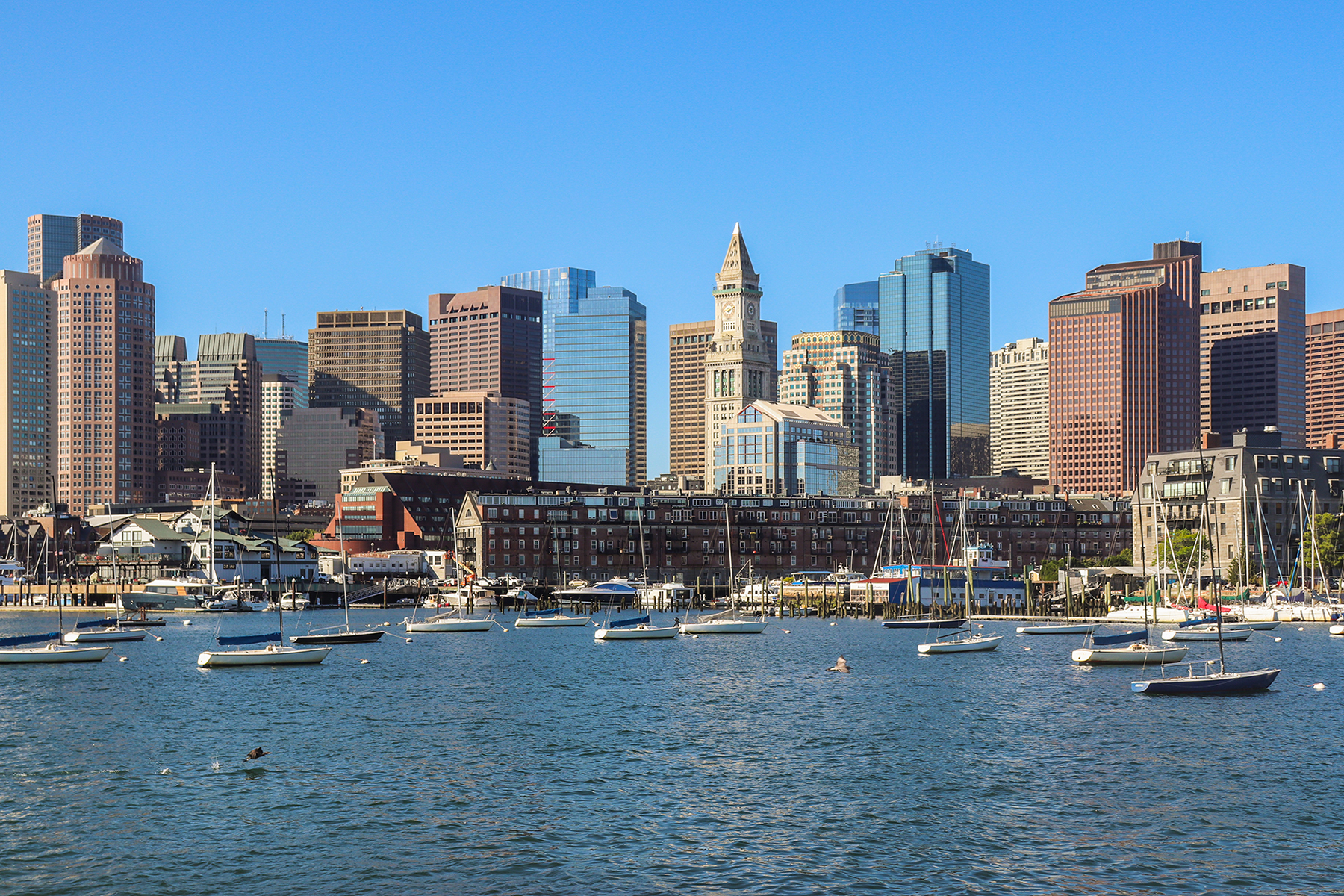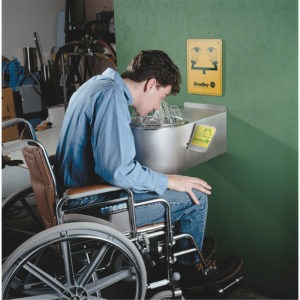

Blog
What does an accessible eyewash station look like? Learn how to select and install an emergency eyewash station that is accessible to all.

Work equipment is exempt under Titles II and III of the Americans with Disabilities Act (ADA), but it is important to find opportunities to make emergency equipment accessible to people with disabilities wherever possible. An eyewash station provided for worker safety is just one type of emergency equipment that should be accessible to all workers.
Under Title I of the ADA, workers with disabilities are entitled to reasonable accommodations. As noted by the U.S. Access Board’s guidance on the 2010 ADA Standards for Accessible Design: “Designing employee work areas to be more accessible at the outset will eliminate or reduce the need for more costly retrofits in providing reasonable accommodations for employees with disabilities.”
Below, we’re sharing the technical specifications for creating an accessible eyewash station.
An emergency eyewash station is capable of drenching or flushing the eyes if they are exposed to injurious materials. The device typically has two or more nozzles that deliver flushing fluid in an upward flow. The user places their face above the nozzles and activates the flow. (For further details, see ANSI/ISEA Z358.1-2014: American National Standard for Emergency Eyewash and Shower Equipment.)

The 2010 ADA Standards do not include specific technical requirements for eyewash stations. Therefore, we should apply criteria that closely match the intended use. In this case, the closest equivalent for an eyewash station is an accessible low drinking fountain.
When selecting an eyewash station, we recommend finding one that meets the following criteria:
While not all work areas are subject to protruding object limitations, we recommend flanking the eyewash station with detectable elements to ensure that people who are blind or have low vision are protected. Ensure that any barrier is located a minimum of 15 inches from the centerline of the station.
With careful selection and proper installation, an accessible eyewash station can be achieved.
Our accessibility team can help with your next project! Contact us here.
Contributor: Andy Yarrish, Senior Accessibility Consultant
Peter Stratton